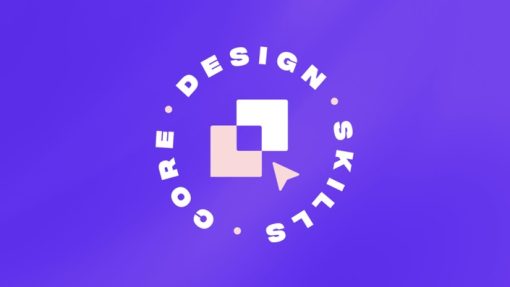
Have you ever encountered a design that simply stopped you in your tracks? It may have been a social media post, a website, or a flier. You are aware that whatever it was included more than merely originality. It was carefully developed using tried-and-true concepts. You may now learn these ideas as well.This blog article will discuss how to design distinctive layouts that captivate and engage your audience. We’ll go into the significance of color and discuss how to deliberately select palettes that are both lovely and useful. We’ll also look at how to use typography like a pro and make sure your photos are noticeable.
Layouts must come first. A great layout involves more than simply arranging components on a page. It has to do with purpose and aim. The following 9 guidelines should be kept in mind while designing a layout:
1. Create a strategy before you begin developing. Identify your target audience and your objective. Who are you speaking to and what message do you want to deliver?
2. Establish a visual hierarchy by highlighting the most crucial components. Use positioning, size, and color to draw the viewer’s attention.
3. Make use of whitespace: Do not be intimidated of voids. It may help your design seem balanced and have room to breathe.
4. Consider flow: Take into account how the audience will navigate your design. To direct them, use movement and lines.
5. Use symmetry and asymmetry to your advantage: Symmetry may offer stability, while asymmetry can bring intrigue and excitement.
6. Use contrast: Contrast may affect and highlight components. To call attention to a desired area, use it intelligently.
7. Include texture: Texture may give your design depth and appeal. To prevent overwhelming your audience, use it sparingly.
8. Pay attention to color: Color may evoke feelings and establish the mood for your design. Choose hues that are appropriate for both your audience and your objective.
9. Keep it simple: Don’t make your design too complicated. Less is sometimes better.
Let’s now discuss color. Any design endeavor can succeed or fail based on color. Here are some pointers for making wise color selections:
1. Take into account the situation: What is the goal of your design and how will it be put to use? Think about the audience and the media.
2. Apply color theory: Color theory may assist you in making color selections that go well together and evoke the desired emotions.
3. Create a palette: Pick a primary color and base your palette off of that. To enhance depth and intrigue, use tints and tones.
4. Use color to direct the viewer: Use color to highlight significant components and provide a visual hierarchy.
5. Be consistent: To achieve a unified aesthetic, use your color palette consistently throughout your design.
Let’s get to typing now. Professional designers are experts at manipulating type. To get you started, consider these suggestions:
1. Keep your audience in mind; select typefaces that are appropriate for both your audience and your goal. A sans-serif font could be more suitable for a contemporary design while a serif font might be more acceptable for a professional document.
2. Carefully select font pairings: Pick typefaces that work well together and impart a feeling of harmony. Don’t overload a design with typefaces.
3. Create a hierarchy with your type by utilizing size, color, and location.
4. Mind the space: Pay attention to the distance between words, lines, and characters. It can significantly alter both legibility and appearance.
5. Use type as a design element by experimenting to make unique forms and arrangements.
Let’s finally discuss visuals. One of the finest methods to give your designs depth and appeal is using imagery. Here are some pointers for successfully employing imagery:
1. Use high-quality stock photos or graphics to give your content a polished appearance.
2. Keep the tone in mind: Select pictures that will evoke the appropriate emotions in your target audience and serve your objective.
3. Use many photos to provide depth and intrigue by layering your imagery.
4. Pay attention to placement: Use images wisely to draw the viewer’s attention.
5. Use texture: When combined with other design components, texture may add interest and provide a unified style.
These guidelines will help you produce designs that captivate and engage your audience. Always remember to have a strategy before you begin, pick your colors wisely, master the use of typography, and make good use of images. Enjoy the designing!
After your purchase, you’ll receive a delivery email from us with a download link once we’ve verified and processed your order, typically within a few minutes to a few hours. If you have any questions or need assistance, feel free to reach out to us via live chat – we’re here to help!
All the Courses and Books that are available in our store are digital editions and Not Physical, and are delivered by email.
If you are teacher or you need a lot of books and courses that you need for fair price, Yes we can help and we can do bulk orders. and please contact us for that.
We understand the concern many have about the legitimacy of online platforms, especially when they offer courses and books at affordable prices. Here’s why you can trust coursesblock.com:
No There is no limitation to the number or type of devices you can access courses on.